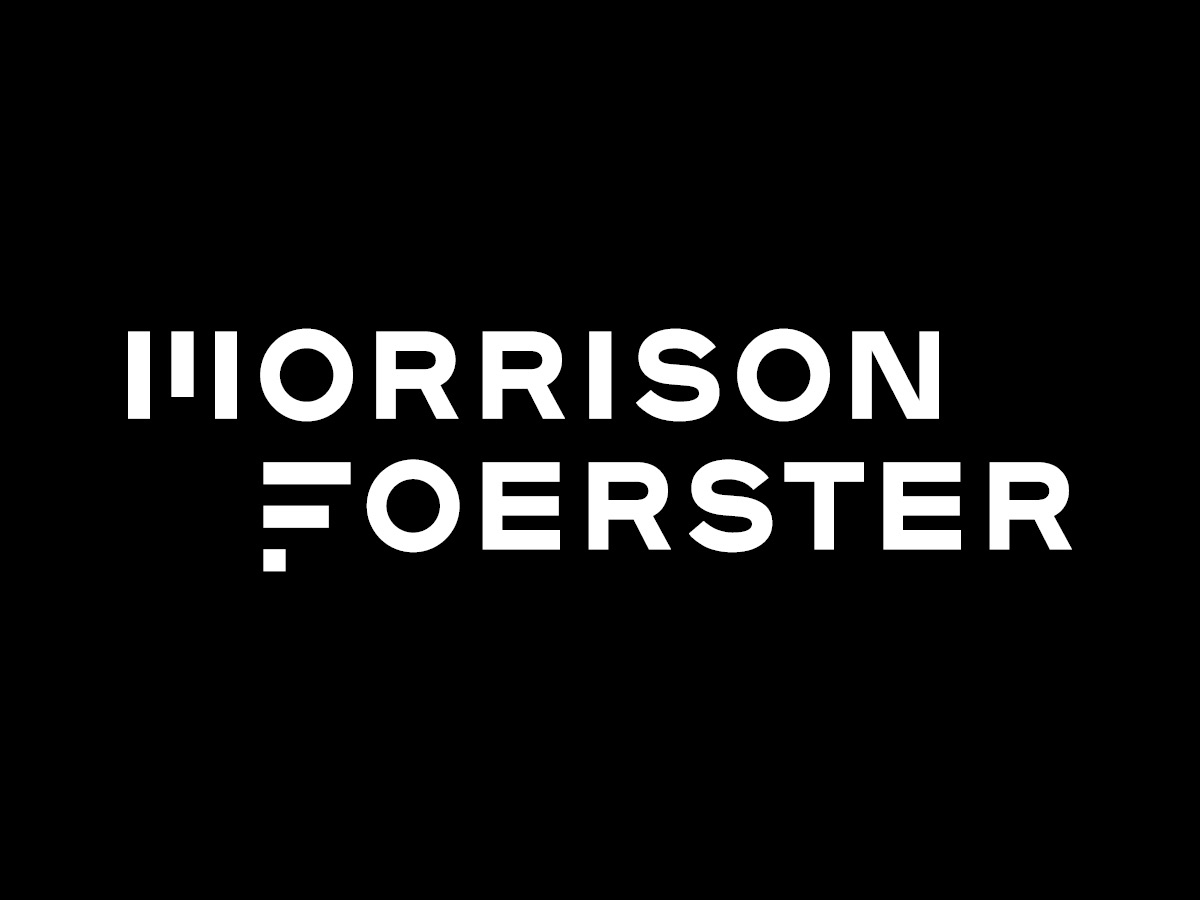USPTO Issues Proposed Rule on Dedicated Design Patent Bar
“This is part of our larger effort to open the doors more widely to the innovation ecosystem while ensuring our policies and procedures align with the USPTO’s mission.” – USPTO Director Kathi Vidal
The United States Patent and Trademark Office (USPTO) today published a Notice of Proposed Rulemaking (NPRM) to the Federal Register that proposes a separate design patent practitioner bar. Design patent practitioners would only be able to participate in design patent proceedings. The USPTO is seeking public comments on the changes through August 14, 2023.
Currently, there is only one patent bar that oversees those who practice in patent matters before the USPTO, including utility, plant, and design patents. Those already registered to practice in patent matters before the USPTO would not be impacted by the change.
The criteria to practice before the new design patent bar is part of a USPTO strategy to encourage broader participation in patent matters. The proposed criteria for admission would require applicants to have a bachelor’s, master’s, or Ph.D. degree in industrial design, product design, architecture, applied arts, graphic design, fine/studio arts, or art teacher education. Applicants would additionally need to pass the current registration examination and a moral character evaluation.
“By creating a separate design patent bar that better aligns with the backgrounds of those who practice in the design space, we will broaden participation before the USPTO while further securing the robustness and reliability of the intellectual property we grant,” said Kathi Vidal, Under Secretary of Commerce for Intellectual Property and Director of the USPTO in a press release yesterday.
Public comments are to be submitted through the Federal eRulemaking Portal.
Removing Barriers
The USPTO’s current rules and requirements for passing the patent bar had long been criticized for being too strict. An applicant must hold a bachelor’s degree in one of 32 subjects, mostly in STEM fields ranging from Molecular Biology to Nuclear Engineering.
According to the current rules, “an applicant applying for the examination must demonstrate to the Director of the Office of Enrollment and Discipline (OED) that he or she possesses the scientific and technical training necessary to provide valuable service to patent applicants.” This includes lab-based coursework and proven familiarity with the scientific method to ensure patent practitioners are qualified and understand the technical side of invention.
While patent practitioners need a technical degree with lab-based experience, there are no requirements specific to design patents. This froze out those with non-technical degrees who still have experience and education related to design patents from becoming patent practitioners.
Such criticism and public comments spurred the USPTO to make a change in order to increase the number of people who represent others in design patent matters.
“This is part of our larger effort to open the doors more widely to the innovation ecosystem while ensuring our policies and procedures align with the USPTO’s mission,” remarked Vidal.
Keeping Up with the Times and Making Improvements
This change is also part of a broader strategy from the USPTO to adapt to modern innovation and education.
When discussing a potential design patent bar with Bloomberg last year, Vidal said, “part of the thinking is, this shouldn’t be something that’s stagnant. Degrees are changing. Universities are offering new types of degrees.”
The new design patent practitioner bar would remove the necessity to have lab experience for those who want to represent others before the USPTO.
“Expanding the admission criteria of the patent bar would encourage broader participation and keep up with the ever-evolving technology and related teachings that qualify someone to practice before the USPTO,” wrote the USPTO in its Federal Register Notice.
The USPTO has also faced pressure to increase the diversity of patent practitioners, with an emphasis on closing the gender gap in individuals eligible for the patent bar.
As of 2019, approximately 30% of patent practitioner applications were submitted by people who selected the “Ms.” field on their application. In a 2020 letter to the USPTO, Senators Mazie Hirono (D-HI), Thom Tillis (R-NC), and Chris Coons (D-DE) noted that the requirements did not include postgraduate degrees and “data show that women earn master’s degrees in STEM fields at a higher rate than they earn undergraduate degrees in the same subjects.”
As a result of the subsequent discussion with senators and members of the public, the USPTO announced publicly that it was considering the now-proposed design patent bar. Some senators at the time made the case that women inventors would stand to benefit from an increased number of patent practitioners.
In addition to the proposed design patent bar change, the USPTO has had an emphasis on increasing diversity in innovation in recent years. The Office touts increases in women patentees and holds regular events for diversity and inclusion. At a “Women in IP” event, Vidal said, “I believe that we need to get everybody off the bench. Everybody who’s not fully participating needs to come off the bench and help us solve world problems, and help us create greater economic prosperity.”
Image Source: Deposit Photos
Image ID: 148876287
Author: Rawpixel
Alec Pronk
Alec is a freelance journalist and editor who has covered a broad range of topics ranging from international law to US foreign policy. He holds a master’s degree in political […see more]







